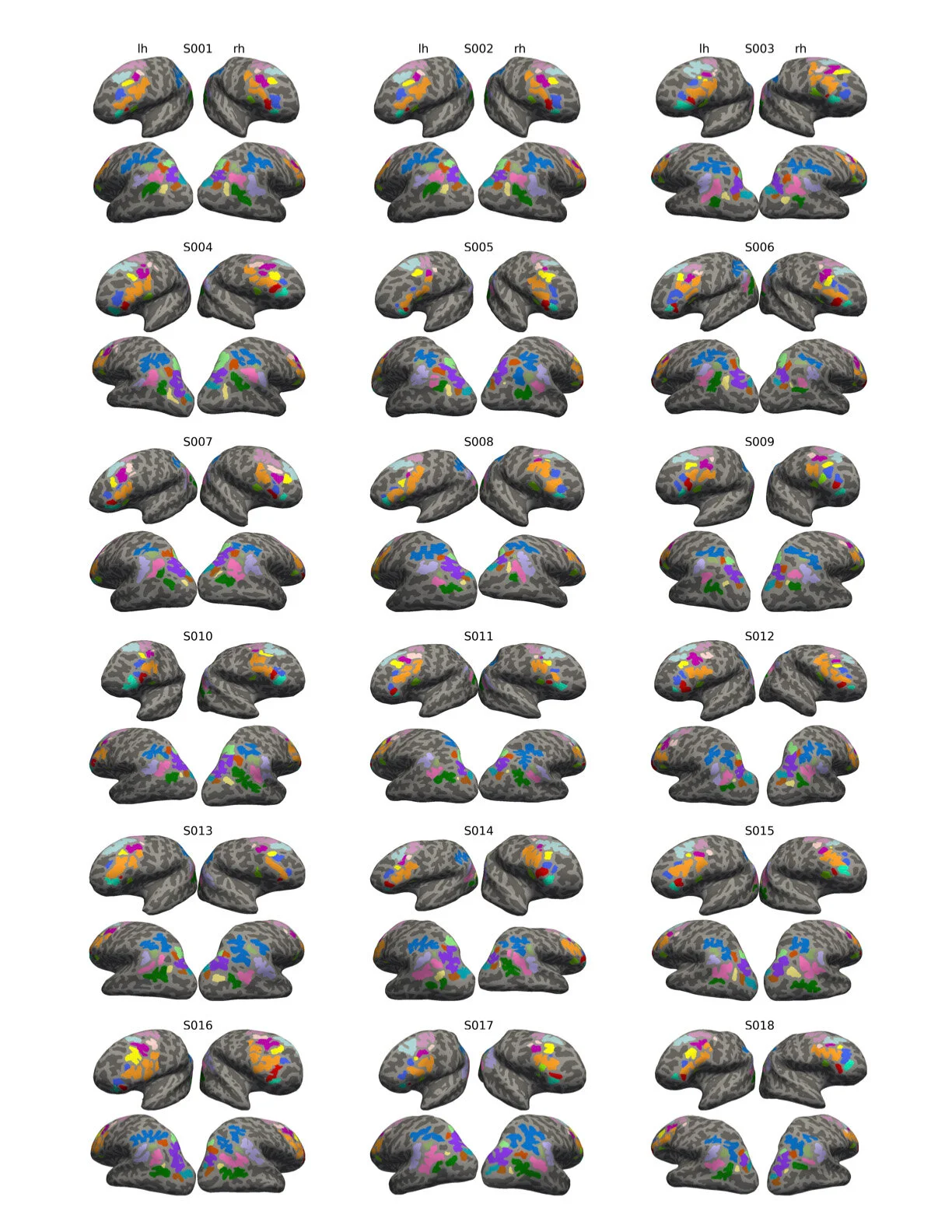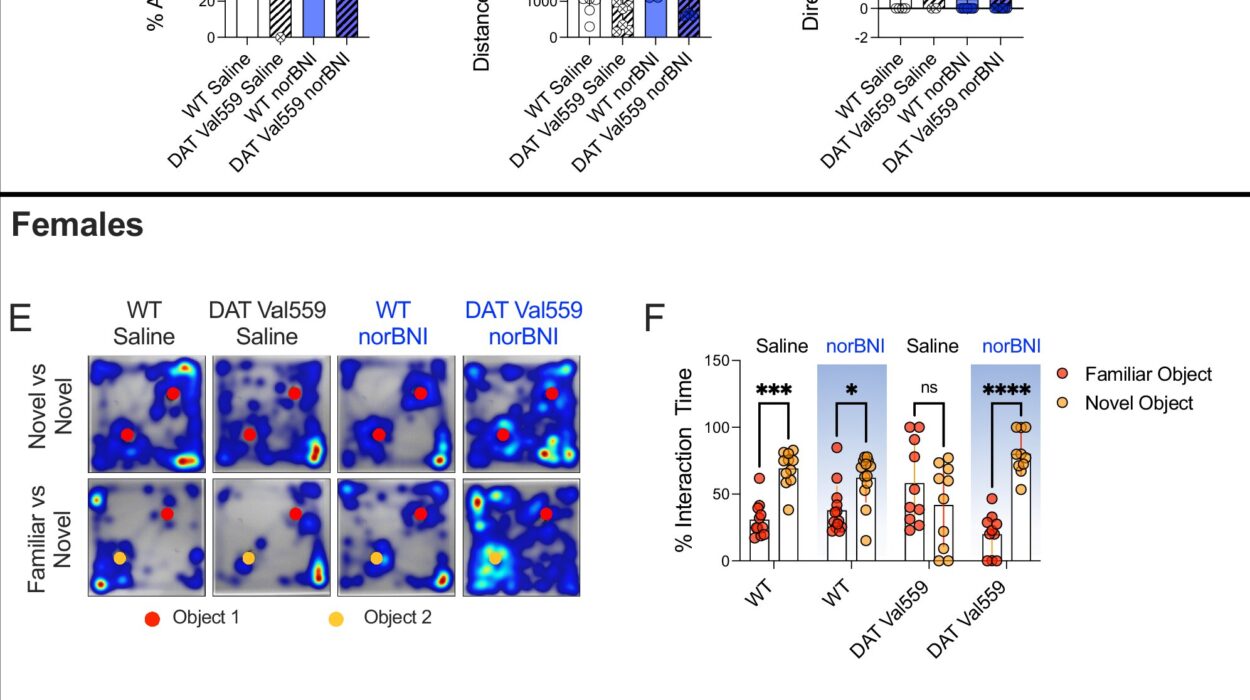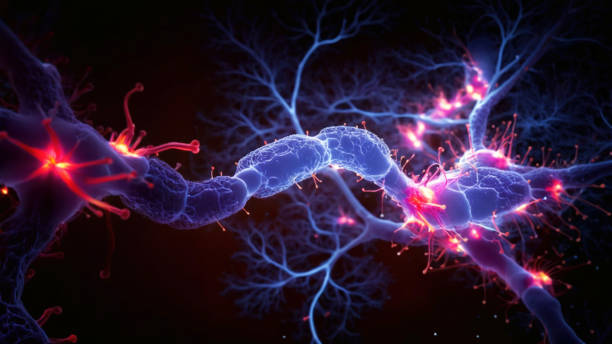In the intricate folds of the human brain lies a surprising secret. While many might imagine these grooves and creases—technically called sulci—as the biological equivalent of stuffing a large brain into a tight skull, a growing body of research is revealing they are anything but mere spatial compromises. Particularly, a small, often-overlooked category of grooves known as tertiary sulci may hold key insights into what makes human cognition so powerful—and so variable.
New findings from neuroscientists at the University of California, Berkeley suggest that the depth and configuration of these tiny folds could be foundational to the development of reasoning, connectivity, and perhaps even intelligence itself. These grooves aren’t just structural curiosities—they may be silent architects of the mind.
The Brain’s Geography: Not Just Wrinkles
The human cerebral cortex, that wrinkled outer shell of the brain, is famously folded. Unlike the smooth brains of most mammals, or the lightly furrowed surfaces of our primate cousins like marmosets, the human brain is deeply incised. These folds are made up of gyri (the ridges or hills) and sulci (the valleys or grooves). For decades, neuroscientists largely chalked up these folds to spatial efficiency: the only way to fit a large, complex cortex into a relatively compact skull.
But the functional significance of these folds is now being reassessed. Just as the creases in a map help bring distant regions closer together when it’s folded, sulci may serve to minimize the physical distance between key brain areas—speeding communication and strengthening cognitive abilities. This perspective is especially intriguing when it comes to the smallest, most variable grooves: the tertiary sulci.
The Rise of the Tertiary Sulci
Tertiary sulci are the late bloomers of the brain. They emerge last during prenatal development and remain shallower than their primary and secondary counterparts. For years, they were neglected in the study of brain architecture. They seemed inconsistent, sometimes even absent in scans, and too small to be of consequence.
But that’s changing. UC Berkeley neuroscientists Silvia Bunge and Kevin Weiner have been spearheading a shift in how tertiary sulci are viewed—reframing them not as irrelevant quirks, but as structural fingerprints of individual cognitive potential.
In their recent study published in The Journal of Neuroscience, Bunge, Weiner, and their colleagues showed that in children and adolescents, the depths of certain tertiary sulci correlate with stronger functional connectivity between the lateral prefrontal cortex and the lateral parietal cortex—regions crucial for reasoning and higher-order thinking.
In other words, the deeper the groove, the more tightly knit the communication network between these reasoning-related areas. These sulci may physically bring these regions closer together, shortening the “neural wiring” and allowing for quicker, more efficient information transfer.
A Brain Map with Personal Signatures
To test these ideas, the team studied 43 children and teens ranging from 7 to 18 years old. Participants completed reasoning tasks while undergoing functional MRI scans, allowing researchers to observe real-time activity and connectivity across their brains. The study zeroed in on 21 sulci in each hemisphere—paying special attention to previously overlooked tertiary sulci.
What emerged was a clear pattern: deeper tertiary sulci in specific prefrontal and parietal areas corresponded to greater centrality in the brain’s reasoning networks. These grooves weren’t just correlated with brain function—they seemed to structure it.
This adds a new layer to our understanding of how the brain’s shape reflects and even sculpts cognitive ability. It also challenges the notion that reasoning power stems solely from broad anatomical features or genetic predispositions. Instead, individual sulcal patterns—unique as a fingerprint—may serve as powerful indicators of mental performance.
A History of Underestimation
The focus on tertiary sulci is a fairly recent phenomenon, and for good reason: they were historically hard to define. For decades, brain maps used in neuroscience research largely ignored them, relying instead on averaged models of brain anatomy that often missed or smoothed over these minor grooves.
Kevin Weiner recalls the moment he realized the limitations of this approach during his undergraduate years. “I had some cortical squiggles that weren’t in the average brain atlases,” he said. “So the question I asked was, ‘Do I have different structures, or are the atlases missing them?’ That sent me down a 15-year rabbit hole.”
His work eventually focused on the mid-fusiform sulcus, a tertiary groove in the visual cortex. He discovered that its length varied dramatically between individuals—and that longer sulci correlated with better face recognition. People with developmental prosopagnosia, who struggle to recognize faces despite no overt brain injury, often have shallower or missing mid-fusiform sulci.
That research laid the groundwork for Bunge and Weiner’s current investigation into other cognitive domains, like reasoning. It also highlighted how ignoring tertiary sulci could mean overlooking critical features of brain function.
Reasoning in the Folds
In their earlier 2021 study, Bunge and Weiner used machine learning to define and map the smaller sulci in the lateral prefrontal cortex. The model identified tertiary sulci as the key contributors to individual variation in reasoning ability in children. This finding was both revelatory and practical: it offered a measurable anatomical feature linked to real-world cognitive skills.
Their new study expanded this scope to the parietal cortex, cataloging its tertiary sulci and analyzing their functional connections with the prefrontal grooves. The results were even more compelling. Some sulci demonstrated greater “network centrality,” meaning they played more important roles in the coordination between reasoning-related brain regions. In these networks, deeper grooves consistently mapped onto better reasoning performance.
Brain Plasticity: Nature, Nurture, and Neural Grooves
While these findings suggest a strong anatomical component to reasoning, the researchers are careful not to overstate determinism. The brain remains remarkably plastic—responsive to learning, experience, and environment.
“Do we think an individual’s capacity for reasoning is set in stone based on cortical folding? No,” Bunge emphasizes. “Experience plays a powerful role in shaping an individual’s cognitive trajectory, and that trajectory is malleable—even in adulthood.”
In fact, sulcal depth may itself change with experience. A child’s schooling, environment, and mental stimulation could influence brain structure over time, deepening certain sulci or altering their function. This opens the door to exciting possibilities: could early interventions reshape brain connectivity and enhance cognitive potential?
Charting New Maps of the Mind
One of the challenges facing neuroscience today is the inconsistency of brain maps. Dozens of cortical atlases have been proposed in recent years, many of which disagree on the locations and functions of specific regions. Group-based models often fail to capture the variability found in individual brains.
Weiner and Bunge believe that focusing on sulcal landmarks—especially tertiary sulci—could provide a more precise and individualized method of mapping the brain. By using these grooves as fixed coordinates, researchers can better compare functional areas across brains without losing the nuances of individual anatomy.
To that end, Weiner’s lab is developing a computer program to automatically identify tertiary sulci from MRI scans. While standard programs recognize only about 35 sulci, this new tool will catalog more than 100, opening up new frontiers for personalized brain mapping.
From Curiosity to Biomarker
The implications of this research stretch far beyond academic interest. If tertiary sulci can serve as reliable indicators of cognitive function, they could become valuable biomarkers for neurodevelopmental disorders, learning disabilities, and even psychiatric conditions. In the future, a simple brain scan might help diagnose subtle deficits or guide personalized educational strategies.
Moreover, understanding the role of tertiary sulci could illuminate how uniquely human traits—such as complex reasoning, planning, and self-control—develop over time and evolve across species. These grooves may be relics of our evolutionary history, whispering secrets about the neural roots of intelligence.
The Poetry in the Folds
What was once dismissed as a wrinkle of biology is now recognized as a wellspring of insight. Tertiary sulci, those small, seemingly insignificant grooves, are fast becoming central characters in the neuroscience of human cognition. They remind us that the brain is not just an organ of thought, but a landscape of potential—where every fold, no matter how tiny, may carry the blueprint of genius.
As neuroscience dives deeper into the cerebral terrain, it is clear that the valleys of the mind are as important as its peaks. And somewhere in those shadowy grooves, we may find the very essence of what makes us human.
Reference: Suvi Häkkinen et al, Anchoring functional connectivity to individual sulcal morphology yields insights in a pediatric study of reasoning, The Journal of Neuroscience (2025). DOI: 10.1523/JNEUROSCI.0726-24.2025






